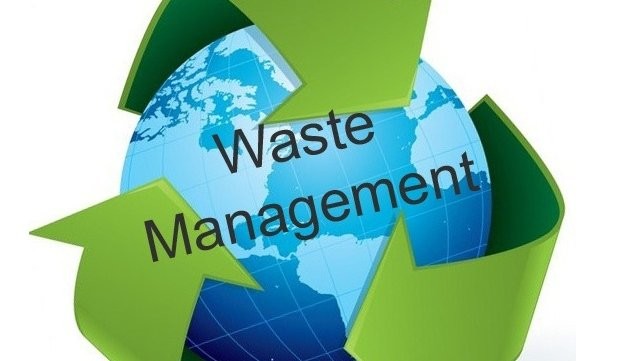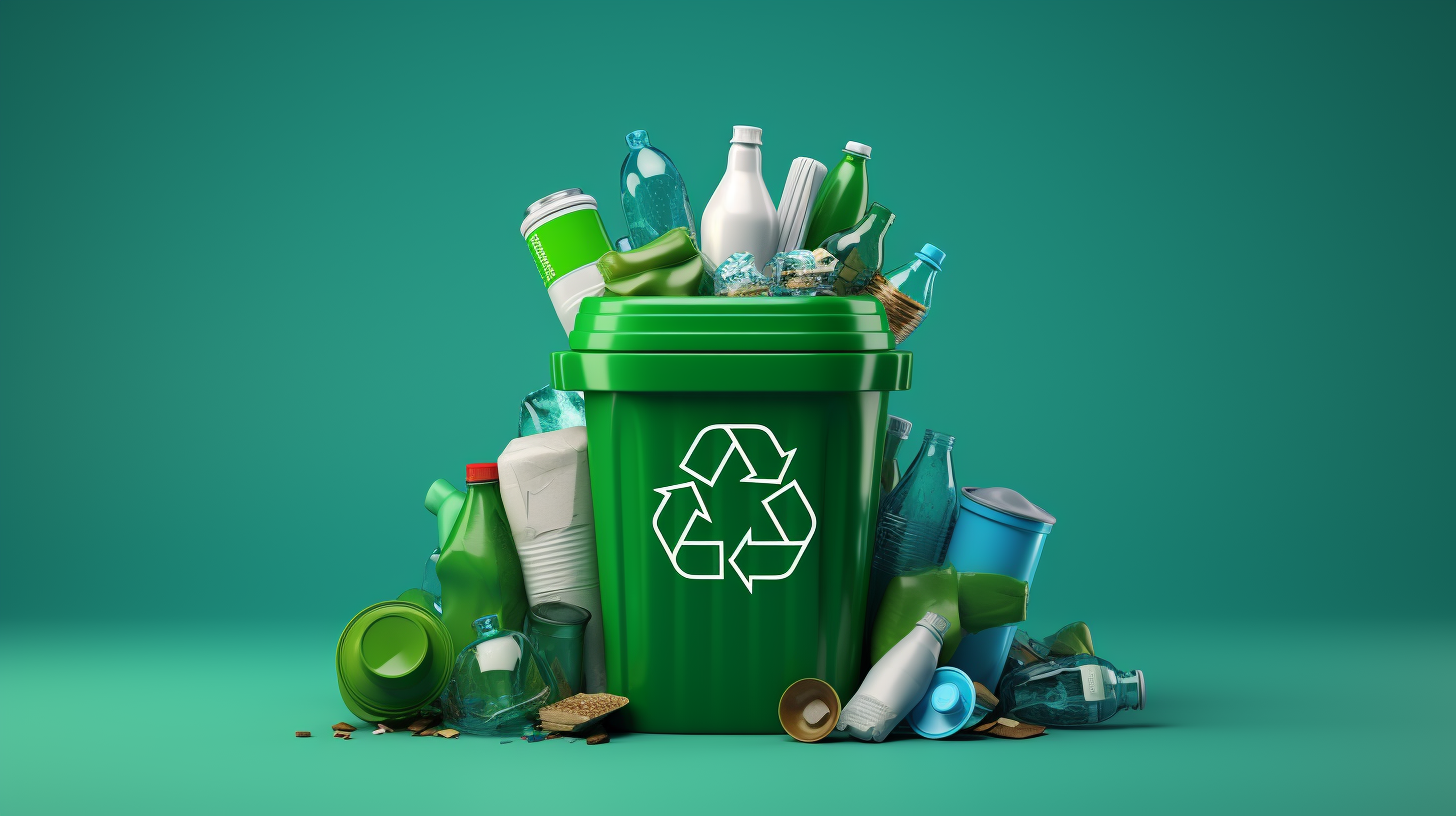Recycling Lives Services: Leading the Way in Accountable Recycling
Recycling Lives Services: Leading the Way in Accountable Recycling
Blog Article
Recognizing the Classification and Handling of Numerous Types of Waste
Efficient waste management is essential for ecological sustainability, requiring a detailed understanding of the classification and handling of numerous waste types. Family waste, commercial by-products, unsafe products, electronic refuse, and natural remnants each necessitate distinct protocols to guarantee safety and security and minimize environmental damage.

Home Waste
Home waste, incorporating a wide array of discarded products produced from day-to-day living activities, stands for a considerable part of the total waste stream - recycling lives services. This classification includes natural waste such as food scraps, yard cuttings, and paper items, along with inorganic products like plastics, steels, and glass. The diverse nature of household waste requires effective category and administration to alleviate environmental influence and advertise lasting living techniques
Efficient house waste monitoring starts with partition at the resource, assisting in recycling, composting, and safe disposal. Organic waste, for example, can be composted to produce nutrient-rich soil changes, minimizing landfill concern and improving dirt health. Recyclable products, consisting of paper, glass, and certain plastics, can be refined and repurposed, minimizing and preserving resources energy usage connected with new product manufacturing.
In addition, unsafe home waste such as batteries, digital gadgets, and cleansing chemicals requires specialized handling to stop dirt and water contamination. Public recognition campaigns and hassle-free disposal alternatives play essential functions in ensuring correct disposal and recycling of these products. By carrying out durable waste reduction strategies and cultivating area engagement, towns can substantially minimize the ecological footprint of family waste.
Industrial Waste
Industrial waste, a significant factor to international waste generation, includes a diverse array of materials generated by manufacturing, construction, and various other industrial tasks. This group includes by-products such as scrap steel, plastics, rubber, chemicals, and other deposits. The composition and volume of commercial waste can vary substantially depending on the sector and production processes involved. Effective management of industrial waste is vital for reducing ecological impact and promoting sustainable techniques.
The handling of industrial waste commonly entails several procedures: collection, therapy, segregation, and disposal. Collection systems are made to effectively collect waste materials from various sources within a commercial operation. Segregation is crucial, as it ensures recyclable products are separated from non-recyclable ones, which can be routed towards suitable recycling or disposal channels. Therapy procedures, consisting of physical, chemical, and organic techniques, are utilized to minimize the poisoning, volume, and environmental impact of the waste. Disposal techniques like landfilling or incineration are utilized for waste that can not be recycled or dealt with.
Adopting methods such as waste minimization, resource healing, and recycling can considerably lower the concern of commercial waste on the atmosphere, adding to more lasting commercial practices.
Hazardous Waste

The category of contaminated materials is normally based upon its chemical and physical qualities. Hazardous wastes contain unsafe compounds that can create damaging wellness effects also at low concentrations. Destructive wastes can harm or ruin living cells and products. Flammable wastes can quickly spark, positioning fire dangers, while responsive wastes can create surges or launch hazardous gases upon contact with other substances.
Efficient contaminated materials management entails several vital methods: identification and partition of harmful products, risk-free transport and storage, and suitable treatment and disposal. Treatment approaches may include chemical stablizing, neutralization, and incineration. Governing compliance is crucial, assisted by structures such as the Resource Preservation and Recovery Act (RCRA) in the USA, which makes certain environmentally audio and secure monitoring of dangerous waste.
Digital Waste
Electronic waste, frequently abbreviated as e-waste, represents an expanding obstacle in waste management because of the fast obsolescence of modern technology. This group encompasses a wide variety of discarded electronic tools, including mobile phones, computers, televisions, and family devices. The complexity of e-waste exists in its composition; these products contain a mixture of important products such as gold and copper, along with harmful materials like cadmium, lead, and mercury.

Regulations and laws, such as the European Union's Waste Electrical and Electronic Tools (WEEE) Instruction, goal to advertise accountable e-waste monitoring. These plans mandate producers to assist in the collection and recycling of electronic items, therefore reducing the problem on garbage dumps and reducing ecological contamination.
Organic Waste
Organic waste, including naturally degradable materials such as food scraps, yard trimmings, and agricultural deposits, makes up a considerable part of the metropolitan strong waste stream. This kind of waste is remarkable not just for its quantity yet also have a peek here for its potential ecological impact if not taken care of properly. Organic waste can decompose anaerobically in garbage dumps, producing methane, a powerful greenhouse gas adding to climate modification.
Correct handling of natural waste involves several techniques. Composting is a commonly adopted technique, changing organic materials into beneficial compost that can enrich soil and support lasting farming. This process additionally decreases the quantity of waste sent out to land fills. An additional strategy is anaerobic digestion, which breaks down raw material in the lack of oxygen, generating biogas that can be utilized as a sustainable power resource. Furthermore, drawing away food waste from landfills via contribution programs can minimize food instability while lessening waste.
Municipalities and organizations are progressively identifying the importance of natural waste monitoring. Carrying out extensive organic waste recycling programs not just minimizes environmental effects however likewise aligns with broader sustainability goals, advertising a circular economy where sources are continuously reused and repurposed.
Conclusion
Reliable waste administration and environmental security require a thorough understanding of the category and handling of different waste types. Implementing suitable approaches for each waste type makes sure accountable and risk-free waste monitoring practices, inevitably adding to the defense of ecosystems and public health and wellness.
Efficient waste management is critical for environmental sustainability, calling for a comprehensive understanding of the category and handling of various waste types.Household waste, incorporating a broad variety of disposed of materials produced from daily living tasks, represents a considerable part of the overall waste stream.Industrial waste, a significant contributor to international waste generation, encompasses a diverse range of products generated by production, building and construction, and various other industrial tasks (recycling lives services).Unsafe waste, an essential concern in waste monitoring, comprises materials that posture substantial dangers to human health and the setting due to their harmful, harsh, combustible, or reactive properties.Organic waste, including biodegradable materials such as food scraps, yard trimmings, and agricultural deposits, comprises a considerable part of the municipal strong waste stream
Report this page